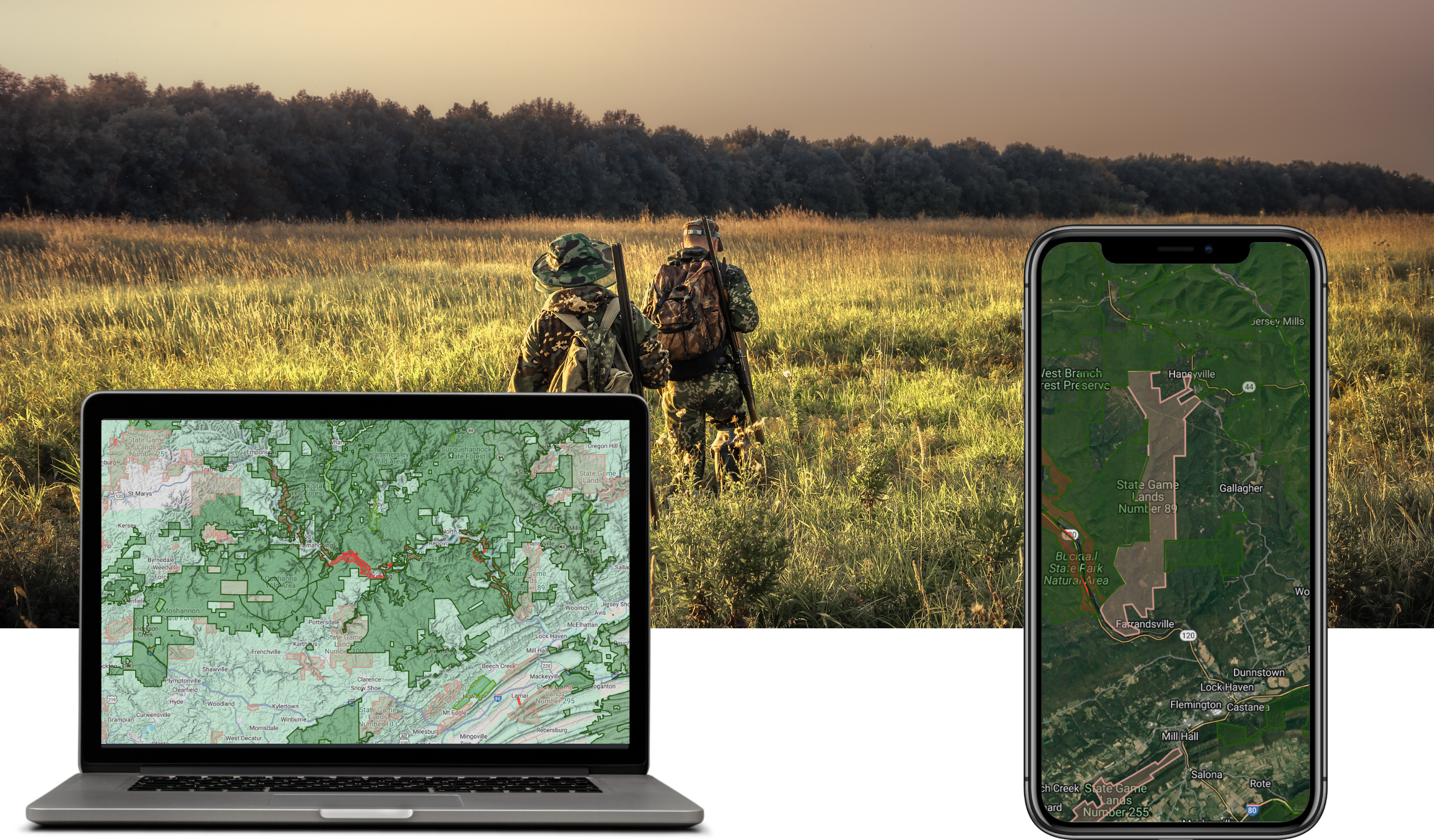If you’ve ever glassed a distant ridgeline on public land and thought, I wonder what’s over that next draw, you’re not alone. Finding new ground to hunt is half the challenge — and the thrill. In Wisconsin, there’s now more of it, thanks to an unexpected ally: The Nature Conservancy.
Yep, the same group known for protecting wetlands and forests is quietly opening up some of their lands to hunters. And if you’re looking to expand your options this fall, these preserves are worth a closer look.
Why The Nature Conservancy Is Letting Hunters In
The Nature Conservancy (TNC) isn’t a hunting group. Their focus is on conserving biodiversity and natural habitats. But they’ve come to recognize something that most seasoned hunters already know: well-regulated hunting helps conservation.
White-tailed deer populations in particular can throw ecosystems out of balance when numbers get too high. Overbrowsing affects forest regeneration and native plant diversity. TNC is using hunting as a management tool — one that also happens to benefit folks like us who know our way around a treestand or marsh blind.
Where You Can Hunt
TNC has more than 30 preserves across Wisconsin, but not all of them are open to hunting. As of now, there are over 20 sites where public hunting is allowed, spread across various counties and habitats. Some offer open access, while others require you to apply for a permit or draw.
A few notable locations include:
- Baraboo Hills – A mix of oak woods and uplands, good for deer.
- Mukwonago River Watershed – Great for waterfowl and small game.
- Caribou Bog Wetlands – Northern bog habitat with potential for grouse and waterfowl.
You can view maps and hunting access info on their official Wisconsin preserve page.
What to Expect
Hunting these properties isn’t like hitting a state wildlife area or national forest. There are a few differences to keep in mind:
- Quiet zones – These are conservation lands first. You might run into hikers, birdwatchers, or researchers. Be respectful, and follow posted guidelines.
- Permits may be required – Some sites limit the number of hunters to reduce pressure and preserve the experience.
- No baiting or motorized vehicles – As expected, these are low-impact hunts. You’ll be hoofing it in and out.
In short: treat it like bowhunting your buddy’s private land. Low profile, ethical shots, and leave it better than you found it.
How to Get Started
If this is your first time hunting nontraditional access lands, here’s how to move forward:
- Visit the TNC Wisconsin hunting page. There’s a map tool showing which preserves allow hunting.
- Read each preserve’s rules. They vary. Some allow only archery deer hunting. Others allow gun deer, turkey, or even small game.
- Watch deadlines. Permit-required hunts may have early-season application dates.
Why It Matters
As hunters, we talk a lot about access. But we rarely think of conservation organizations as partners. This move by TNC shows that hunters can be part of the solution — not just users of the land, but stewards of it.
This kind of access doesn’t just happen. It’s built on trust, good behavior, and results. If we take care of it, these preserves could become a long-term part of Wisconsin’s hunting tradition.
Final Thought
There’s a quiet kind of reward in hunting land like this. No big parking lots. No orange army. Just you, your gear, and a new stretch of woods or marsh to figure out. If that sounds like your kind of hunt, The Nature Conservancy’s Wisconsin preserves might be exactly what you’re looking for this season.
